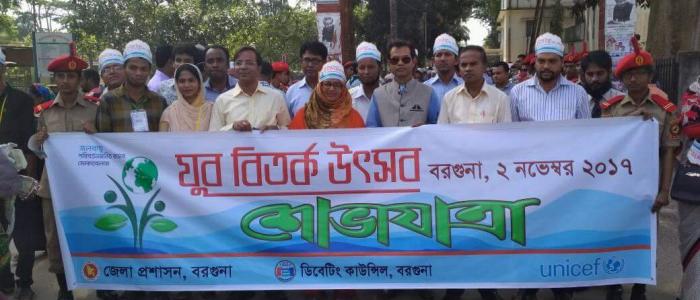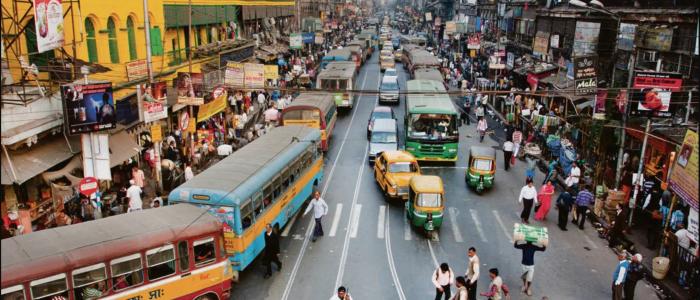Inclusive
What Matters for Households’ Recovery Trajectories Following the Gorkha Earthquake?

In April 2015, a 7.8 magnitude earthquake struck Nepal, killing over 9,000 people, destroying or badly damaging more than 800,000 homes and displacing approximately 2.8 million people. Where shocks like earthquakes cannot easily be prevented, strengthening the ability to prepare, respond and recover is critical to maintaining development gains in spite of them. To understand what mattered for recovery in the short and long-term, this study followed the same households 10 weeks, one year and two years after the Gorkha earthquake.






